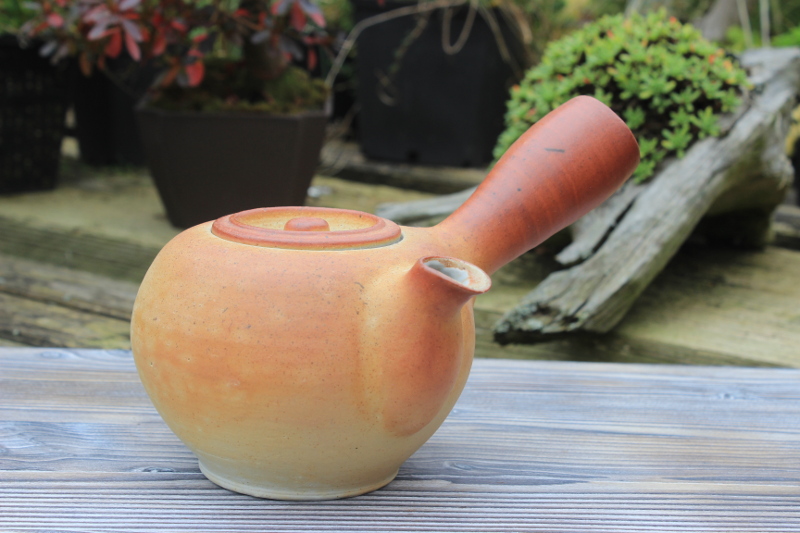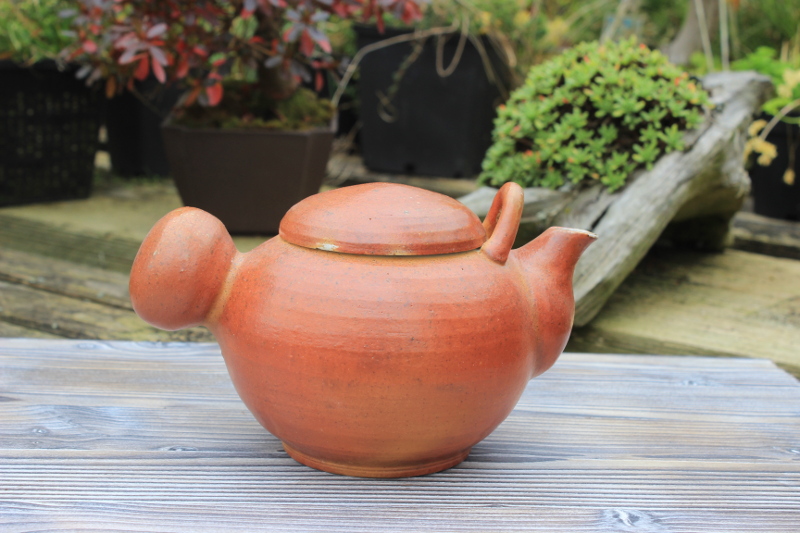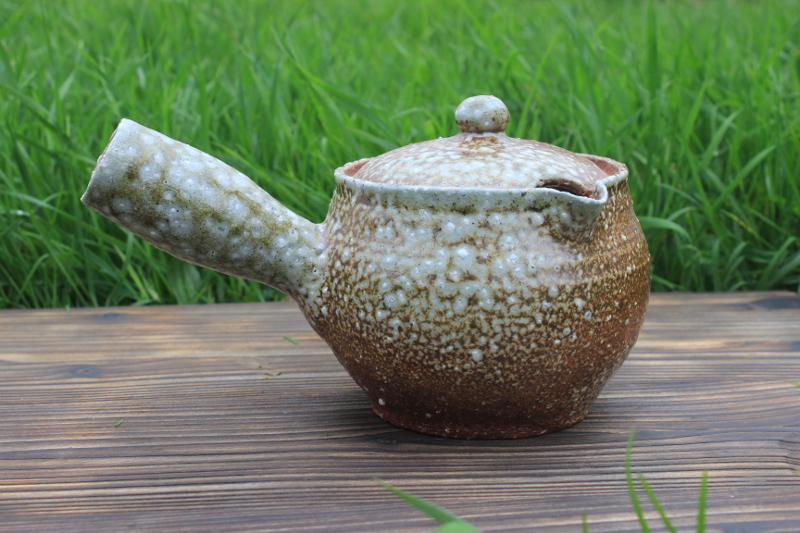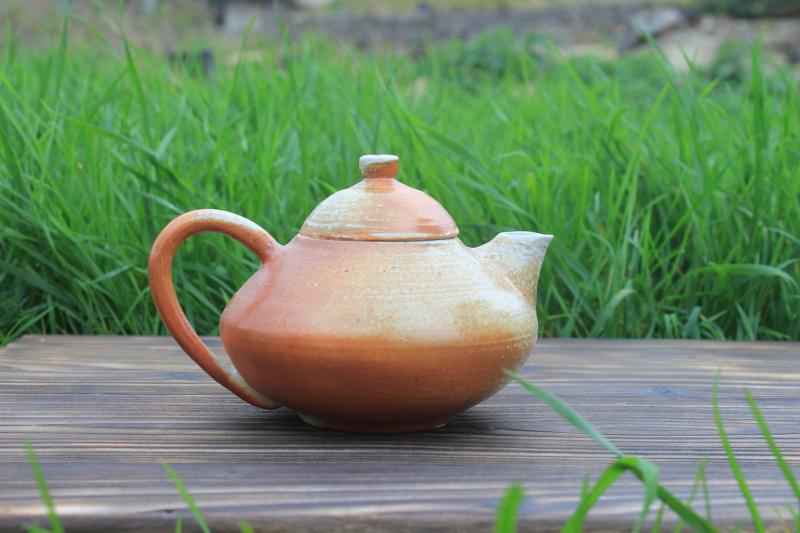Tea Pot Quality
 Tea pot manufacturing is assumed to be simple, as they all consist of a body, lid, spout and handle. However, there are many criteria, that influence the quality of a tea pot.The first aspect to be considered is, that the spout ends on the height of the gallery. This is essential to not let water run out of the spout or gallery during filling. The pot shall neither lead away the heat from the tea not absorb the warmth of the tea. Therefore a small foot ring is better than a flat stand. Dependent from the tea processing method, a thin wall could be positive. The grip or handle must be designed in a way, that the tea can be poured without the danger to burn the hands. The snout must be big enough to pour un-hindered. The wall covered by the snout should be pierced to act as a sieve. There must be enough holes to avoid backwater and tea running over the gallery.
Tea pot manufacturing is assumed to be simple, as they all consist of a body, lid, spout and handle. However, there are many criteria, that influence the quality of a tea pot.The first aspect to be considered is, that the spout ends on the height of the gallery. This is essential to not let water run out of the spout or gallery during filling. The pot shall neither lead away the heat from the tea not absorb the warmth of the tea. Therefore a small foot ring is better than a flat stand. Dependent from the tea processing method, a thin wall could be positive. The grip or handle must be designed in a way, that the tea can be poured without the danger to burn the hands. The snout must be big enough to pour un-hindered. The wall covered by the snout should be pierced to act as a sieve. There must be enough holes to avoid backwater and tea running over the gallery.
A very special characteristic is the orientation of the spout. Based on the memory effect of porcelain clay the spout is turning back against the throwing direction during firing. If the spout is cut horizontally before firing, it will be not-leveled afterwards. This is neither functional nor nice, as the tea is performing a drilling movement during pouring and the beam is departing on both sides at different places which leads to splattering. The same applies, if the spout is cut perpendicular to the spout, like in a tube. Many tea pots show this behavior of splattering. Whilst this cannot be avoided totally due to physical reasons, a sharp a leveled spout reduces dripping significantly.
Independent from shape of the spout is absolutely forbidden for the lid to fall off the gallery during pouring. The lid should either have one or two noses or a neck, that is long enough that the center of gravity still is inside the pot. In my product descriptions you can fin some more details as well as a recommendation which pot fits to which tea preparation.

This pots have a large volume and are used for stronger (English) tea.

For Japanese tea preparation pots with a side ward handle, Hohins or Shiboridashis are used.

This little tea pots do not provide much surface for effects, but this can make them very impressive.